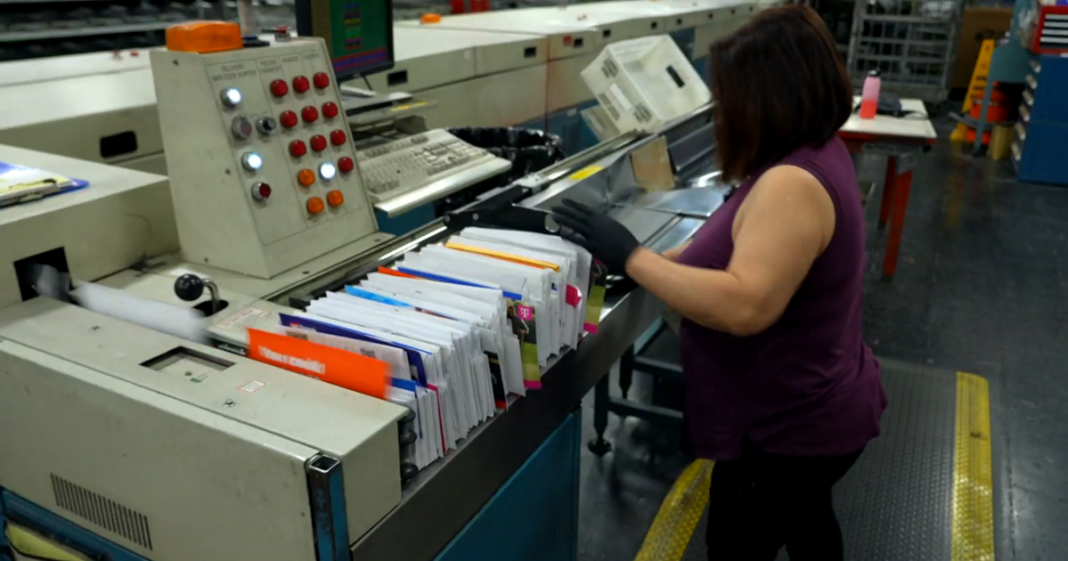Salt Lake City — Neither snow, rain, heat or gloom of night can stop the mail. But poor penmanship? That is a challenge.
When an address is not legible, mail distribution centers around the country capture images of the hard-to-read addresses and electronically send them to the U.S. Postal Service Remote Encoding Center, or REC, in Salt Lake City, Utah.
“It’s around three million letters that go through our machines every day,” Steve Hilton, senior USPS manager at Utah’s distribution center in Salt Lake City, told CBS News.
On an average day, Hilton says, about 75,000 of those three million pieces of mail have to be reexamined by the center because their addresses are too hard to decipher before being sent off to the REC.
“Just in the last year, we processed about one billion pieces of mail in the center alone,” said Ryan Bullock, the REC’s operations manager.
Bullock oversees hundreds of experts in chicken scratch, known as data conversion operators or keyers. They operate around the clock, every day of the year. They’re not even closed for holidays.
“Every hour, somebody’s going to do about 900 pieces on average,” Bullock said.
One of those keyers is Amy Heugly, who has been deciphering addresses for more than 20 years, reviewing images of letters to quickly determine their destinations. She jokes that it has made her better at reading her doctor’s handwriting.
If a keyer can’t decode the address from the image, the USPS has only one option: a hands-on inspection.
“Somebody over at the plant will have to physically get that piece of mail and look at it,” Bullock said.
That requires a postal worker to manually examine the address as a last-ditch attempt to read its intended destination.
All in the hope that it won’t be returned to sender, address unknown.




